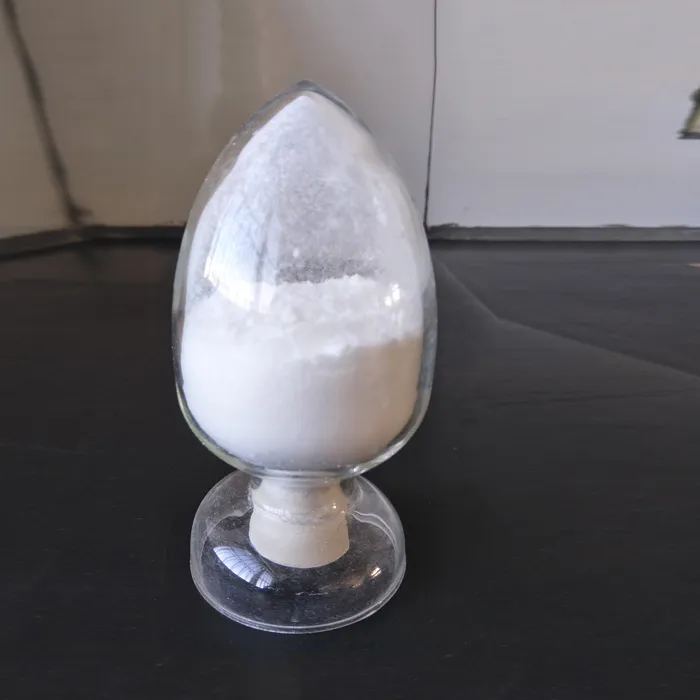The Importance of Cationic Polyacrylamide (CPAM) in Water Treatment
Cationic Polyacrylamide (CPAM) is a synthetic polymer that has gained significant recognition for its applications in water treatment processes. Characterized by its ability to enhance flocculation, sedimentation, and clarification in various water treatment scenarios, CPAM is widely utilized in diverse industries, ranging from municipal water treatment to paper production and mining.
The Importance of Cationic Polyacrylamide (CPAM) in Water Treatment
The versatility of CPAM extends beyond municipal water treatment. In the paper industry, for instance, CPAM is used to enhance the retention of fillers and fiber, thereby improving paper quality and reducing waste. Its ability to improve drainage rates in paper machines also contributes to overall production efficiency and cost savings. Additionally, CPAM is employed in mining operations to aid in the separation of valuable minerals from ore. By improving the flocculation process during mineral processing, CPAM helps enhance recovery rates and reduces the environmental impact of mining activities.
cationic pam

Another important aspect of CPAM is its tailor-made formulations. Manufacturers can produce CPAM with varying molecular weights and charge densities to cater to specific applications. This customization allows industries to optimize their processes by selecting the most appropriate form of CPAM for their needs. For example, higher molecular weight CPAMs can provide better flocculation in lower concentration suspensions, while those with higher charge density are more effective in treating water with a significant load of negatively charged impurities.
Despite its many advantages, the use of CPAM is not without challenges. One key concern is related to its environmental impact. Being a synthetic polymer, CPAM raises questions regarding its biodegradability and potential toxicity in aquatic environments. Research is ongoing to evaluate the breakdown products of CPAM and their effects on ecosystems, emphasizing the need for responsible use and proper monitoring during application.
Furthermore, the effective application of CPAM requires careful consideration of dosage and mixing conditions. Excessive use of CPAM may lead to over-flocculation, making it difficult to separate the floc from the treated water. This can counteract the benefits of using the polymer and may lead to operational inefficiencies. Hence, conducting jar tests and pilot studies can be instrumental in determining the optimal conditions for CPAM use in specific water treatment situations.
In conclusion, Cationic Polyacrylamide (CPAM) is an essential tool in the modernization and efficiency improvements of water treatment processes across various industries. Its ability to enhance flocculation and sedimentation serves as a vital mechanism in the purification of water, from municipal uses to industrial applications. While challenges regarding its environmental impact and proper usage remain, ongoing research and advancements in formulation technologies pave the way for more sustainable and efficient solutions. As industries continue to face the pressing need for clean water and effective wastewater management, CPAM will undoubtedly play a pivotal role in achieving these critical objectives.

